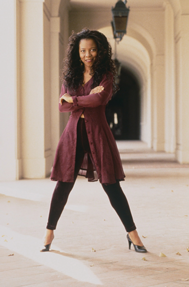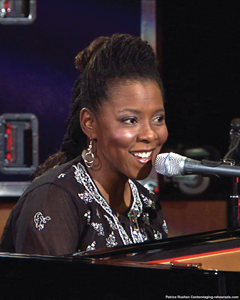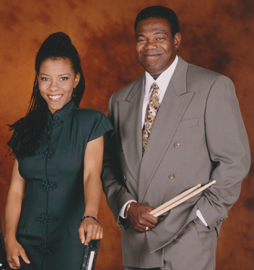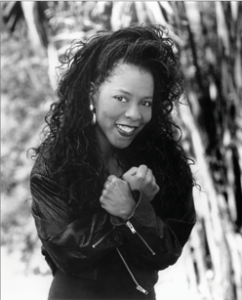English tenor Jonathan Ansell says that he and fellow performers were never paid for a 26-date 2016 tour of UK and Ireland, peforming A Night in Venice, produced by Stephen Leatherland. Noting another Leatherland production, A Viennese Strauss Gala, was being performed at Baths Hall in Scunthorpe, UK, Ansell snapped into action and made a guest appearance. Before the show began, he climbed on-stage and addressed the audience, informing them of the owed money.
“We absolutely love what we do but I think you’ll agree that this is totally unacceptable,” said Answell, who is personally owed around £10,000 ($12,500). “It’s extremely unfortunate that I’ve had to take this drastic action here tonight but I hope it goes some way to stopping this happening to anybody else ever again.”
Ansell explains that Leatherland, who runs the production company World on Stage, left performers in “such a dreadful position” that they had not been able to pay rents and mortgages.










